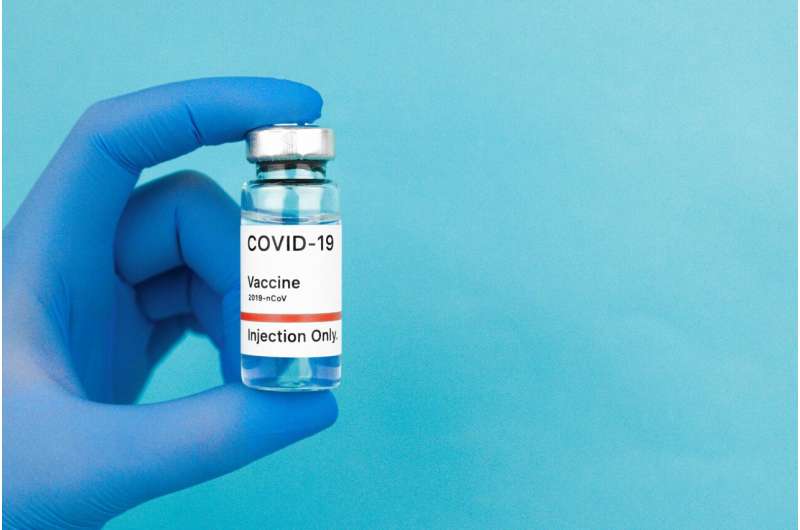Understanding Prostate Cancer Treatments: A Personal Perspective

A personal story highlights the importance of personalized decision-making in prostate cancer treatment, emphasizing active surveillance and the risks of overtreatment. Learn about the latest strategies for managing prostate cancer effectively.
On May 21, 2025, a significant discussion surrounding prostate cancer treatment choice was highlighted through the experience of a man diagnosed with the disease. His case brought to light the complexities involved in deciding the most appropriate approach, emphasizing that treatments are not universally suitable for all men.
Prostate cancer, a common diagnosis among men, can vary significantly in its progression and severity. The decision to treat is often influenced by how advanced the cancer is and its potential impact on the patient's quality of life. Notably, former President Joe Biden has publicly undertaken treatment for his prostate cancer, illustrating that it is a manageable condition in many cases. However, experts stress that immediately pursuing treatment isn't always necessary or the best option.
The diagnosis process typically involves evaluating prostate-specific antigen (PSA) levels through blood tests, digital rectal exams, and biopsies. Elevated PSA levels can suggest the presence of cancer, but they are not definitive alone, as benign conditions like benign prostatic hyperplasia (BPH) can also cause increases. For some men, monitoring PSA levels over time—known as active surveillance—may be recommended, especially if the cancer appears to be slow-growing.
Prostate cancer is staged from 1 to 4, with early stages confined to the prostate and advanced stages spreading beyond. Treatment options vary accordingly, ranging from active surveillance and hormonal therapy to surgery and radiation. In cases like the diagnosed individual, genetic testing was used to assess the tumor's aggressiveness. Such tests can provide crucial insights, often indicating a lower risk of mortality and aiding in personalized decision-making.
One of the major challenges in prostate cancer management is overdiagnosis and overtreatment, which can lead to significant side effects such as incontinence, sexual dysfunction, and other complications. Because many prostate cancers grow very slowly or not at all during a man's lifetime, active surveillance has become an increasingly common strategy, balancing the risks and benefits carefully.
Recommendations by health authorities have shifted over time, advocating for personalized screening strategies that account for individual risk factors. Particularly for high-risk groups—such as Black men or those with a family history—screening and early detection remain vital. Developing more precise tests to differentiate aggressive tumors from indolent cases could reduce unnecessary treatments further.
Ultimately, the decision to pursue treatment should be made collaboratively between patients and their healthcare providers, considering all diagnostic information and personal circumstances. The individual's choice to continue active surveillance rather than immediate treatment exemplifies an evolving understanding of how to manage prostate cancer effectively and compassionately.
Stay Updated with Mia's Feed
Get the latest health & wellness insights delivered straight to your inbox.
Related Articles
Swedish Research Highlights Insufficient COVID-19 Vaccine Information for New Immigrants During Pandemic
A Lund University study uncovers significant gaps in COVID-19 vaccine information for new immigrants in Sweden, highlighting challenges in communication, accessibility, and administrative barriers during the pandemic.
Silent Night: Understanding and Addressing Snoring Through Anatomy
Discover how understanding the anatomy of the airway can lead to effective, non-invasive solutions for snoring and improve sleep quality and health.
FDA Approves Monthly Treatment Andembry for Hereditary Angioedema
The FDA has approved Andembry, a groundbreaking monthly injection for hereditary angioedema, offering effective prevention and improved quality of life for patients.



